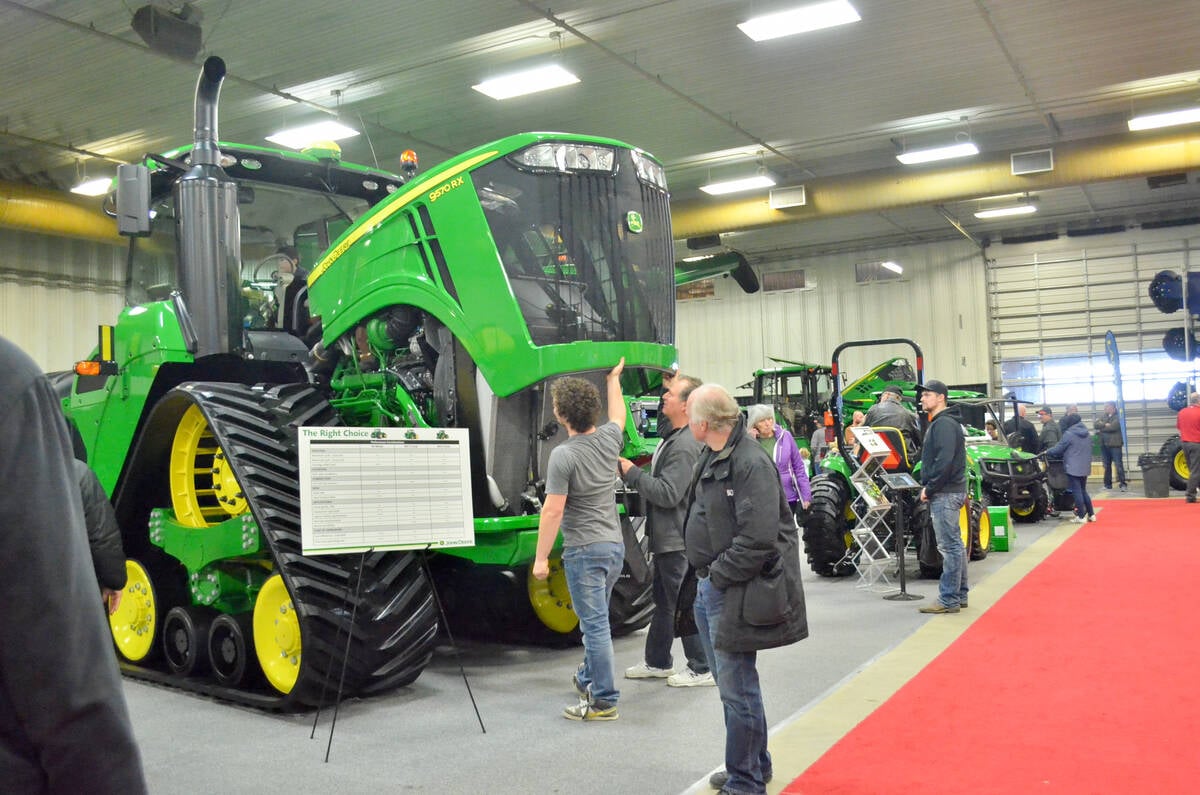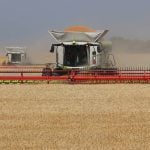Ag In Motion is almost here, and the editorial department has started to craft a coverage plan for the farm show near Langham, Sask., held July 15-17.
We’ve received a few embargoed press releases of new products that will be launched at the show, so you can look forward to that.
There are also some scheduled events that are sure to produce interesting and timely stories.
Read Also

Manitoba Ag Days 2026 coming up fast
Canada’s largest indoor farm show, Manitoba Ag Days, returns to Brandon’s Keystone Centre Jan. 20-22, 2026. Here’s what to expect this year.
For instance, Glacier FarmMedia’s senior editor for weather and markets, Bruce Burnett, is taking a long and winding drive through many Prairie growing regions on his way to AIM and will assess crops along the way. He will then discuss the results of this crop tour during his one beer market update.
There are also new crop varieties growing in the demonstration plots, and this will be the first time farmers will be able to have a look at them.
The products shown by vendors at AIM all help farmers solve problems.
It may be a slightly more efficient machine, variety or crop protection product compared to previous offerings. Or, it could be a revolutionary step forward, the kind that has helped Canadian farmers join the ranks of the most efficient and productive producers on the planet.
The feature stories that the editorial department’s agronomy team will take on at AIM will focus on some of the production problems farmers have when growing crops on the Prairies, such as a specific disease or pest, equipment choices and water management.
The agronomy team will look into some of the solutions to these problems offered at the show and create stories that document some of the strategies and products that may have a fit on your farm.
We will talk to exhibitors about their approach to solving production issues, including equipment manufacturers and companies that offer crop protection products and varieties.
We will also talk to researchers from Agriculture Canada and the University of Saskatchewan’s College of Agriculture and Bioresources. Both of these organizations have a strong presence at AIM, and their scientists are available to answer questions from anyone who wants to learn more about agricultural research.
My question to you is, which agronomy problem are you facing on your farm that you would like us to examine?
Send me an email with your AIM agronomy problem and describe the issue for which you need a solution . I’ll bring it to our agronomy team, who will tap into the vast amount of agronomy knowledge brought together at AIM.















